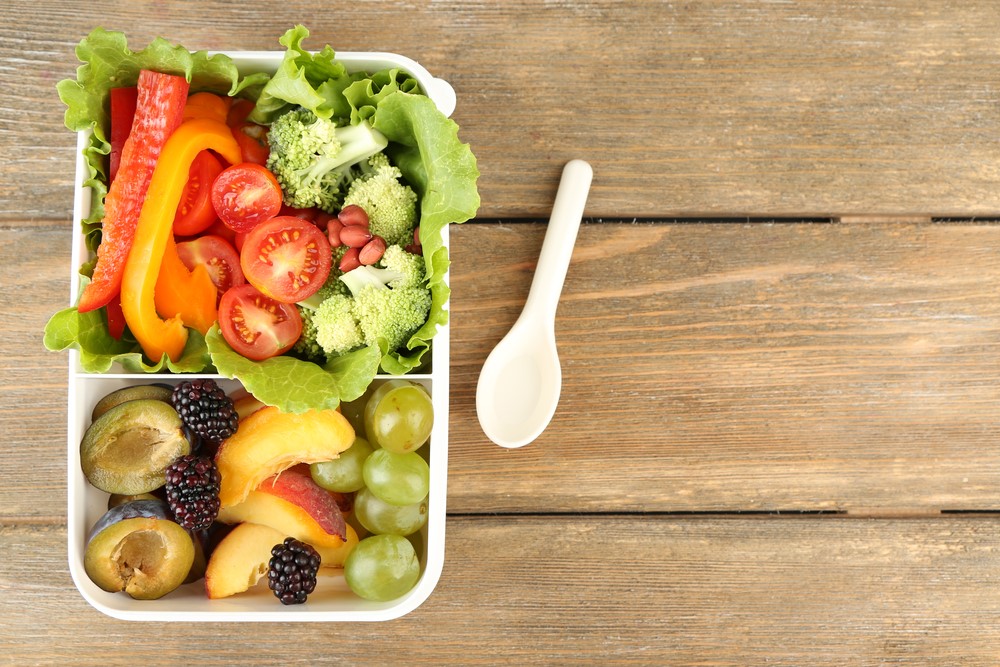In recent years, the issues surrounding plastic packaging use and waste have become headline news. To protect the environment, consumers and regulatory authorities are keen to promote changes in our packaging habits and encourage greater recycling of plastics.
The scale of the challenge should not be underestimated. The European Union (EU) creates around 25.8 million tons of plastic waste a year, with only 30% of that being recycled. Of this 30%, it is estimated only 6% is reused for new products. This system is unsustainable.

“Can recycled plastics be trusted?” (Photo courtesy: SGS)
Circular economy
A better option would be to make a product, use it, then reuse it, then remake it, before recycling the materials to make a new product. This is called a circular economy. It reduces or eliminates waste and is fundamentally different to our current linear model, where resources are used to make products and then discarded.
Europe is at the forefront of promoting a circular economy. By 2025, it wants at least 55% of all plastics to be recycled, with some countries going further, as the United Kingdom has pledged that by 2030 all plastics placed onto its market will need to be reusable or easily recycled.
Problems of recycling food contact plastics
A circular economy only works if the products that are created using recycled materials are safe and regulatorily compliant. The food contact materials and articles (FCM) industry faces several issues in regard to the use of recycled materials in the creation of new products. In part, this stems from the fact that the development of new plastics has outpaced new recycling technologies.
Depending on the collection type and recycling technology, the recycled plastics used for FCM will contain a variety of different plastic types. Currently, it is impossible to identify the plastic in each article without individual analysis. Without this oversight, it is possible that FCM made from recycled materials would fail to comply with EU regulations, such as Commission Regulation 10/2011 – Plastics, Materials and Articles in Contact with Food.
NIAS
An additional concern must be the appearance of legacy substances leading to non-intentionally added substances (NIAS). While Good Manufacturing Practices (GMPs) can ensure intentionally added substances (IAS) are kept within safety limits when making virgin plastic, following GMPs will not help if the raw materials are already unknowingly contaminated because of unintended reuse and inefficient recycling technologies.
Commission Regulation 10/2011 Article 3(9) defines NIAS as meaning, “an impurity in the substances used or a reaction intermediate formed during the production process or a decomposition or reaction product.”
They might originate in a variety of sources – impurities in the starting materials, the products of chemical reactions, and degradation products created during the manufacturing, lifetime, or recycling process, etc.
FCM in the circular economy
While the EU is keen to promote a circular economy, for manufacturers and consumers of FCM the fundamental questions is, “can recycled plastics be trusted?” The fact plastics are often recycled collectively means the end material may be contaminated. The results may be obvious – cloudy or discolored plastics, or plastics with an odor – but they may also be undetectable – for example, genotoxic impurities. The ideal situation would be a closed recycling loop where the same product is recycled for the same use. This would require a different approach to recycling, one in which plastics are separately collected.
The key EU legislation FCM stakeholders must consider is Regulation (EC) 282/2008, which amends Regulation (EC) No 2023/2006 on GMP for materials and articles in contact with food. It should be considered in combination with Regulation (EC) 10/2011 and Regulation (EC) 1935/2004, the FCM framework regulation.
Regulation 282/2008 sets out the requirements for plastic materials and articles that are intended to come into contact with foods and which contain recycled plastics. It states that products may only be placed onto the market if the recycled plastic has been obtained from a factory with a European Food Safety Authority (EFSA) approved recycling process.
Finally, thought also needs to be given to legacy substances. These may be NIAS from the original plastics or they may result from legal IAS that have been either restricted or banned during the material’s life cycle. Therefore, when the plastics are recycled for reuse, effort must be made to ensure the new FCM conform to regulatory limits (total and migratable) for these contaminants.
SGS solution
SGS offers a range of services to help manufacturers, brands and retailers promote a circular economy. The seven pillars cover the whole system from sustainable supply (pillar 1) to recycling (pillar 7).
For FCM manufacturers, they provide:
· Pillar 1 – Sustainable Supply: Responsible Purchasing Certification (ISO 20400) and Certification according to the Supplier Relations and Responsible Purchasing Label (RFAR)
· Pillar 2 – Durable Design:
o Chemical analysis and compliance verification with REACH, POP, packaging guidelines, etc.
o Recycled or reusable packaging: performance testing and comparative testing between virgin/single-use and recycled materials
o Testing biodegradability and compostability in the terrestrial environment of packaging
o Testing new materials that come into contact with food, checking for pesticides, no mineral oils, etc.
· Pillar 5 – Responsible Consumption:
· Sorting instructions for packaging (Info-Tri and Triman)
· Store audits
· Evaluation and certification of brands and outlets as part of their corporate social responsibility process through the Responsible® and Responsible Sales Points® labels
· Microbiological tests of reusable packaging (verification of bacterial non-proliferation)
· Validation labeling
SGS offers a comprehensive range of services to help operators in the FCM sector deliver safe, and compliant products to target markets around the world, including testing and evaluation for NIAS. In the end, it’s only trusted because it’s tested.














